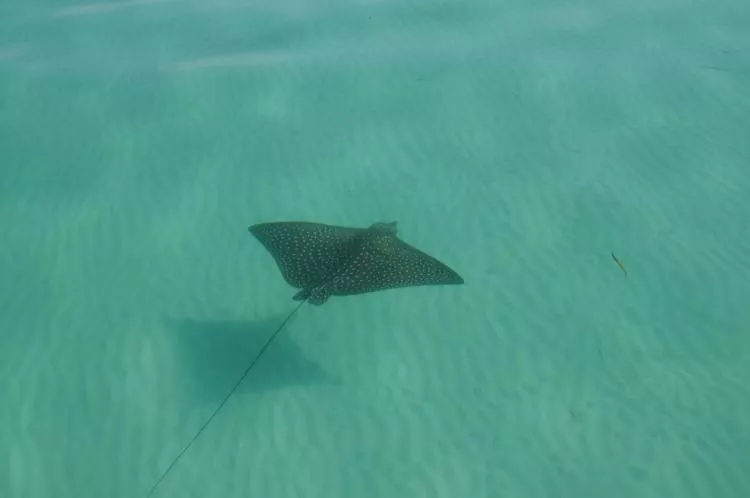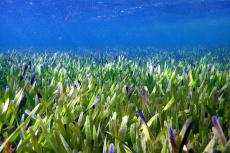Where eagle rays spread their wings in US waters
A collaborative team of scientists have conducted the first multiyear study of large-scale movements of whitespotted eagle rays in the waters of the United States.
Until recently, the geographic wanderings of the whitespotted eagle ray have always been a mystery.
Now, in a study that took place from 2016 to 2018, a team of researchers have started to unlock some of its movement patterns.
The 54 rays in the study were tagged with acoustic transmitters, along both the Gulf of Mexico and the Atlantic coast of Florida, using collaborative acoustic telemetry networks.
The team used the data collected to compare the movement patterns, seasonality and habitat use of the rays from the Atlantic coast to the ones along the Gulf coast.
The findings, published in the Marine Biology journal, revealed stark differences between the two groups.
It was found that the majority of the rays from the Gulf coast undertook repetitive annual migrations, heading south from Sarasota, starting in the fall and returning to the area in early spring. On the other hand, most rays from the Atlantic coast spent relatively greater than five times the amount of time inshore, regardless of their maturity or gender.
"This behavior is likely driven by a combination of environmental factors, but most notably temperature. In addition, the expansive, shallow shelf on the Gulf coast may provide additional habitat, enabling rays to move over larger distances along nearshore migratory corridors and lessen their reliance on inshore estuaries," said co-author Matt Ajemian, Ph.D., principal investigator, an assistant research professor at Florida Atlantic University's Harbor Branch Oceanographic Institute.
According to a press release, the rays' consistent presence in the Indian River Lagoon throughout the study suggests that the area serves as parturition grounds and nursery habitat for the rays.
Ajemian added there was a need to better understand how extreme weather events like hurricanes and fluctuations in environmental factors such as red tide and harmful algal blooms may impact large-bodied mesopredators like the whitespotted eagle ray, as the frequency of such events is likely to increase.

























